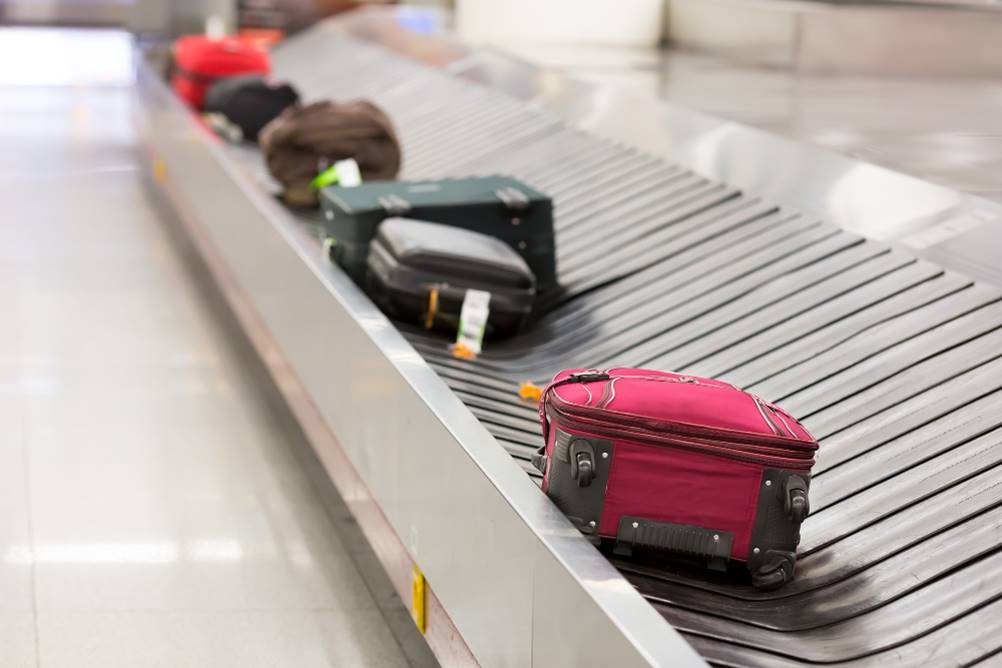Travel insurance for Europe is one of the first items that cannot be missed when planning your trip for 2025.
Planning a trip like this is the kind of dream that makes your heart beat faster, but before packing your bags and running to the airport, I learned over time that this detail makes all the difference.
Discover charming cities in Europe 🇪🇺It may seem like just another bureaucracy, but believe me: it's what will save you from headaches (and your wallet!) if something goes wrong.
In this article, I want to tell you everything I discovered about travel insurance for Europe.
Let’s talk about what you need to know before you embark, whether it’s really mandatory, how much it costs, and how to choose the best one for your itinerary. My goal? To help you travel safely and enjoy every second without worries. So, grab a coffee and come with me on this journey!
What you need to know before taking the Plane
Planning an international trip is almost like putting together a puzzle.
You have a passport, ticket, accommodation… and, of course, travel insurance.
When I started traveling, I confess that I thought it was something optional, like an “extra” that agencies try to push on you.
But after hearing stories from friends who had a hard time in Europe, I realized that it is much more than that.
Why does Travel Insurance Europe make a difference?
Imagine the scene: you are strolling through Lisbon, enchanted by the tiles and the smell of pastel de nata in the air, when suddenly you twist your foot on an uneven sidewalk.
Or, even worse, you catch a bad cold in the middle of winter in Berlin.
There, a simple medical consultation can cost around 100 euros — that is, if you don't need any tests or medication.
Without travel insurance for Europe, this ordeal becomes a hefty bill that no one wants to pay.
In addition, in 2025, the rules for entering Europe will be more organized with the ETIAS, the electronic authorization that we Brazilians will need to obtain before traveling to the Schengen Area. It costs only 7 euros and is very easy to apply for online, but it does not replace insurance.
Travel insurance is what ensures that you have medical support, help with lost luggage and even assistance if your flight is delayed. In short? It's your guardian angel in Europe.
Documents that cannot be missing
Before boarding, write down what you will need in your backpack (or in your cell phone case, because I always lose paper!):
- Passport valid for at least 3 months after return.
- Proof of accommodation (this can be a hotel reservation or an invitation letter from a friend).
- Round-trip ticket, to show that you’re not going to “stay homeless” in Europe.
- The ETIAS, which I already mentioned.
- And, of course, travel insurance with minimum coverage of 30 thousand euros for medical expenses.
Without it, you can even get on the plane, but things can get complicated at immigration.
I've seen people go home after forgetting these details. So, it's better not to risk it, right?
Travel Insurance Europe: Is it really mandatory?
This is a question I had at the beginning and that many people still ask me today.
Let's take it one step at a time, because the answer depends on where you're going to set foot in Europe.
The Schengen Area and Its Rules
If your plan is to visit countries like Italy, Spain, France or Germany, you will enter the famous Schengen Area — an area with 29 countries in 2025 (including newcomers like Bulgaria and Romania) where borders are free.
It's amazing to be able to jump from one country to another without stamps in your passport, but it comes at a price: travel insurance for Europe is mandatory here.
The Schengen Agreement requires that everyone from outside the European Union, like us Brazilians, have insurance with a minimum coverage of 30 thousand euros for medical and hospital expenses. Why?
Because their healthcare systems are not free for tourists, and they want to make sure that you won't become a “problem” if you need care.
At immigration, they don't always ask for the policy, but I've heard stories of people who had to show everything in detail — and those who didn't have it were left missing the French croissant.
And outside Schengen?
Now, if your destination is London or Dublin, things change.
The United Kingdom and Ireland, for example, are not part of Schengen, and insurance is not mandatory by law.
But look, I've been to London and I know how high the cost of living is there.
A trip to the doctor can cost you a small fortune, because the NHS (their public health system) doesn't cover tourists like it does locals. So, even though it's not required, I wouldn't risk traveling without it.
In short: in Schengen, it's the law. Outside of it, it's a choice — but a smart one, in my opinion.
How much does Travel Insurance for Europe cost?
Now that you know that insurance is essential (and often mandatory), let's talk numbers. After all, no one wants to spend a fortune before even reaching their destination, right?
The good news is that travel insurance for Europe is more affordable than you might think.
Prices I've already researched
For a 10-day trip, for example, the prices I saw around in 2025 are more or less like this:
- Some R$ 100 to R$ 150 for a basic plan, which already complies with Schengen and covers the essentials.
- Between R$ 200 and R$ 300 if you want something more complete, like protection for lost luggage or delayed flights.
- Above R$ 400 for premium plans, perfect for those traveling with family, who are older or want full coverage.
Per day, this is somewhere between R$ 10 and R$ 40, depending on what you choose. I think it's a very fair price, especially when I think that a daily hospital stay in Europe can cost more than a thousand euros!
What makes the price change?
From my experience quoting insurance, I noticed that some things have a big influence:
- How long will you stay: a week is cheaper than a month, obviously.
- Your age: those over 70 pay a little more, because the risk of needing a doctor increases.
- What the plan covers: If you want protection for skiing in Switzerland or trip cancellation, the price goes up.
- The destination: expensive countries like Norway or Denmark may require larger coverage.
Golden tip to save money
Want to know how I can avoid spending too much? I use websites like Seguros Promo or Real Seguro Viagem.
They compare several insurance companies at once, and sometimes they offer discounts of 10% or 15% with a coupon.
Another thing that has saved me is buying in advance — some companies give a discount for those who don't leave it until the last minute.
What is the best Travel Insurance for Europe?
Choosing the best insurance is like choosing a wine in France: it depends on your taste and what you need. There is no “absolute champion”, but I will tell you what I have tried and what friends recommend.
How to decide yours
Before clicking “buy”, I always look at:
- If you have at least 30 thousand euros of coverage (or more, to be on the safe side).
- 24-hour service in Portuguese, because no one deserves to get lost trying to explain “stomach ache” in German.
- Extras such as coverage for baggage or cancelled flights.
- The reputation of the insurance company — Assist Card and Universal Assistance, for example, have never let me down.
To close with a Golden Key
Travel insurance for Europe in 2025 isn't just a requirement for some countries — it's what lets you enjoy your trip without feeling guilty.
Whether you're exploring the castles of Scotland or sipping an espresso in Rome, it protects you from unexpected events and gives you the freedom to live in the moment.
And the best part: with options starting at R$ 10 per day, there's no excuse to skip this step.
So, before you embark, take a deep breath, compare your plans and choose the one that fits your budget and your itinerary. Traveling safely is traveling happily — and I want you to come back with the best stories to tell!

I am a person fascinated by travel, enthusiastic about discovering new places and cultures. In this space on my blog, I want to share my experiences around the world, bringing tips, stories and inspirations to help you explore incredible destinations. Let's travel together and discover what the world has to offer!



